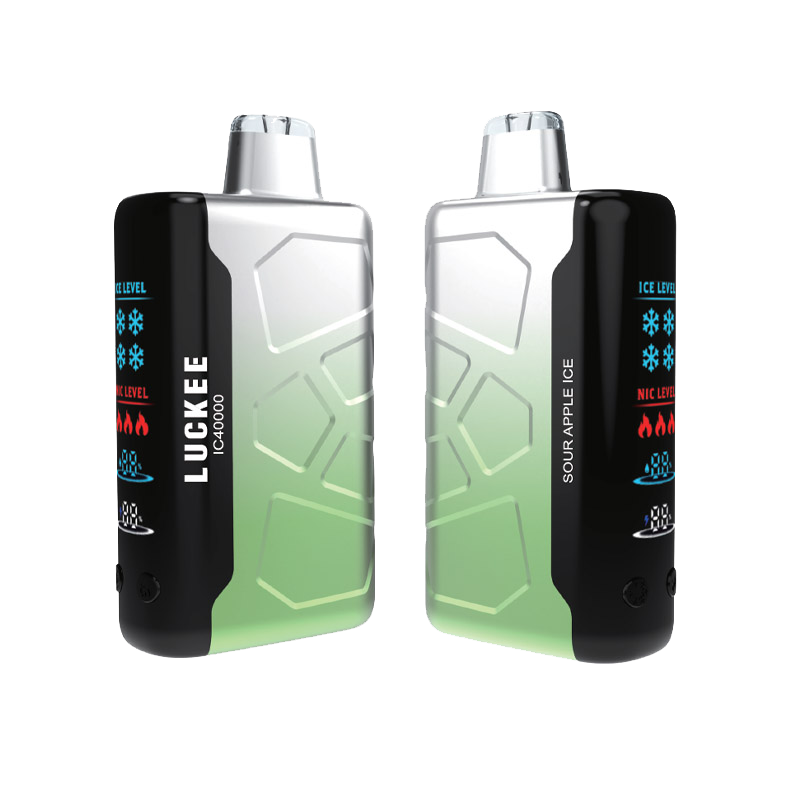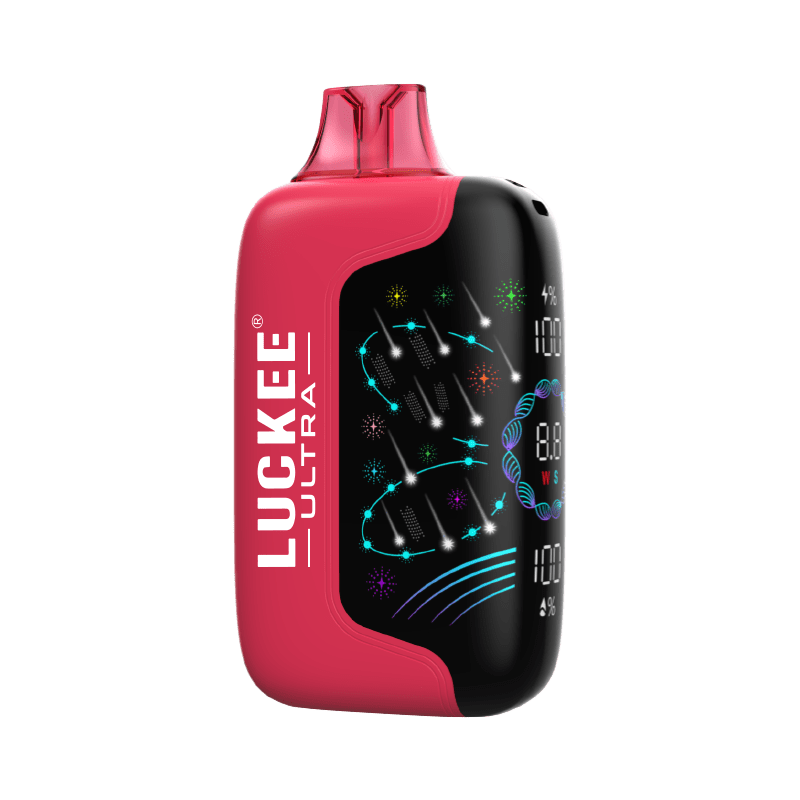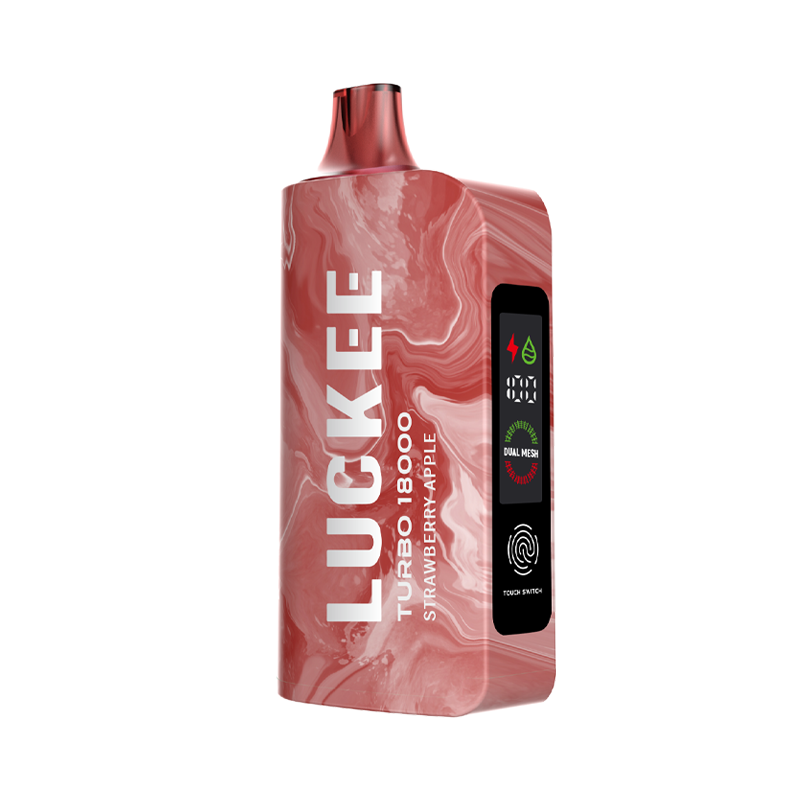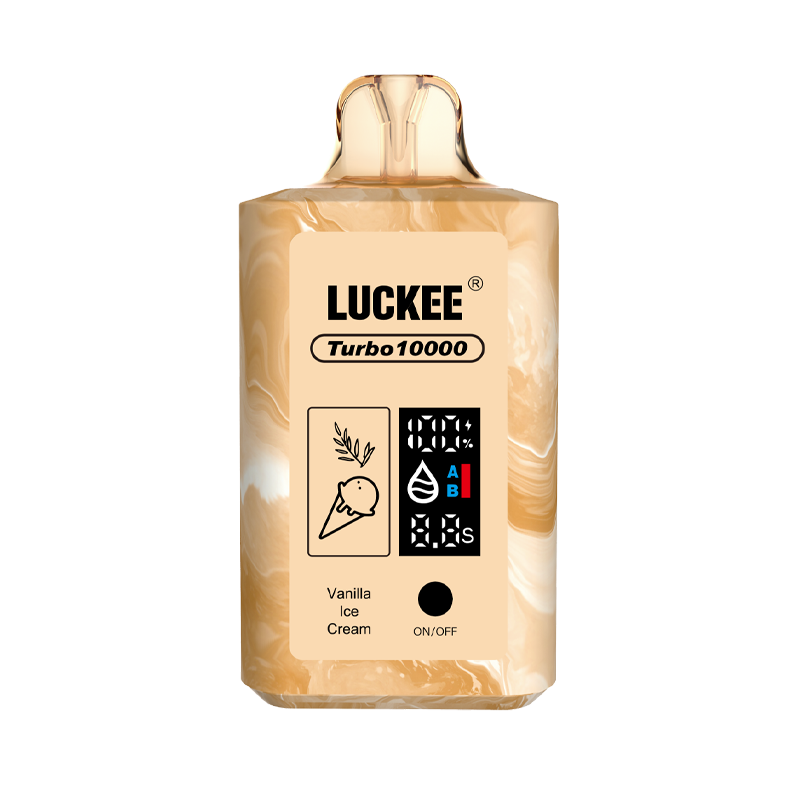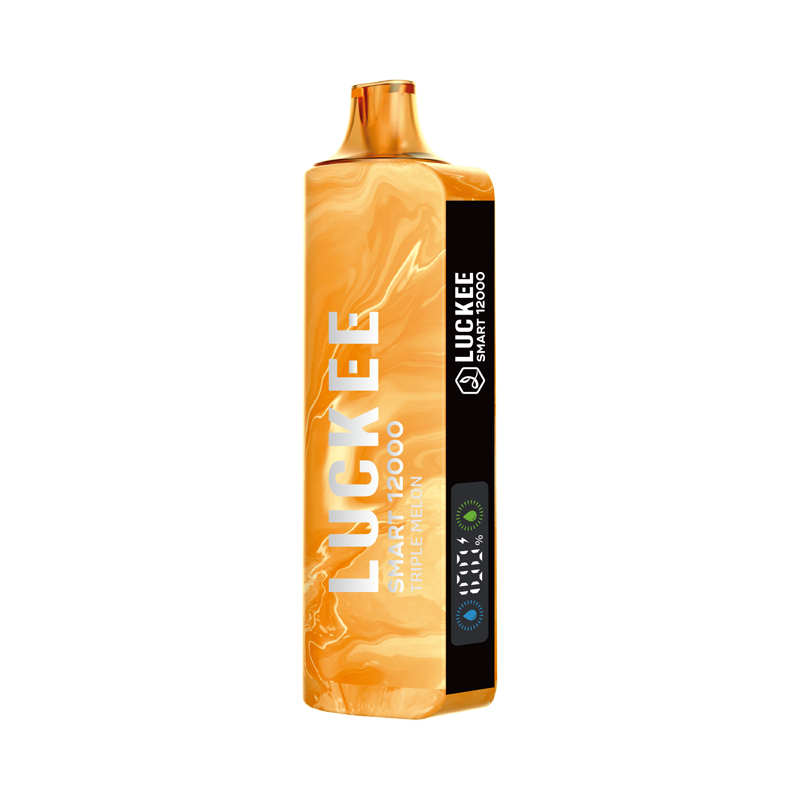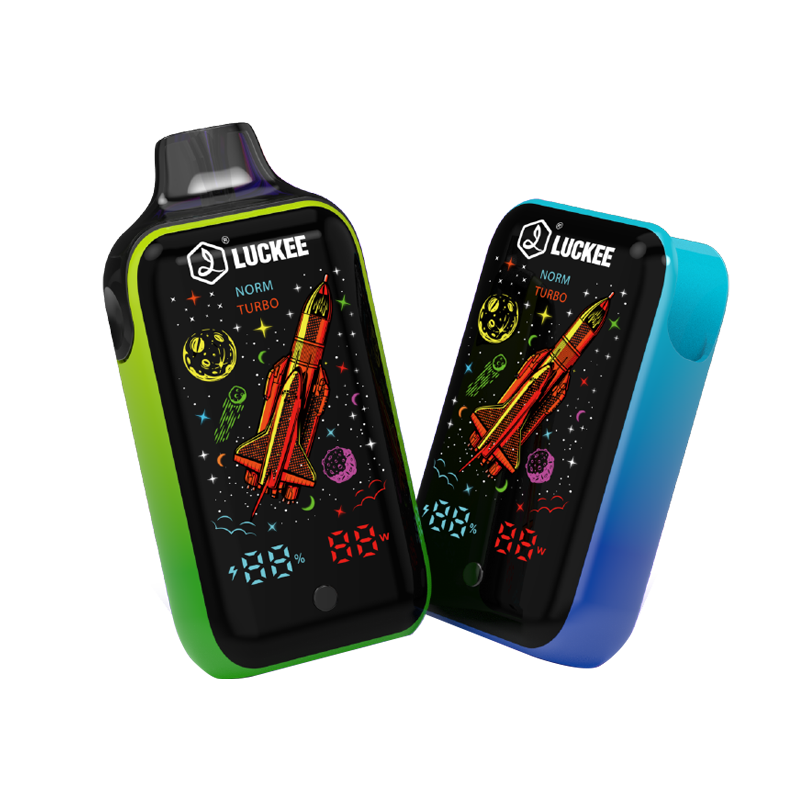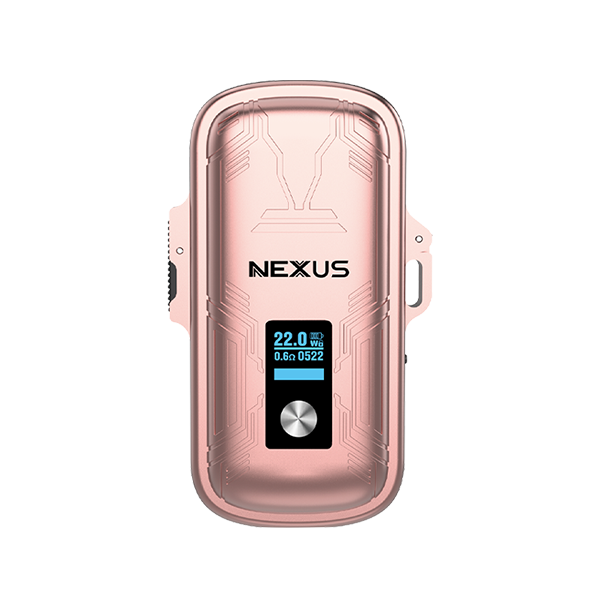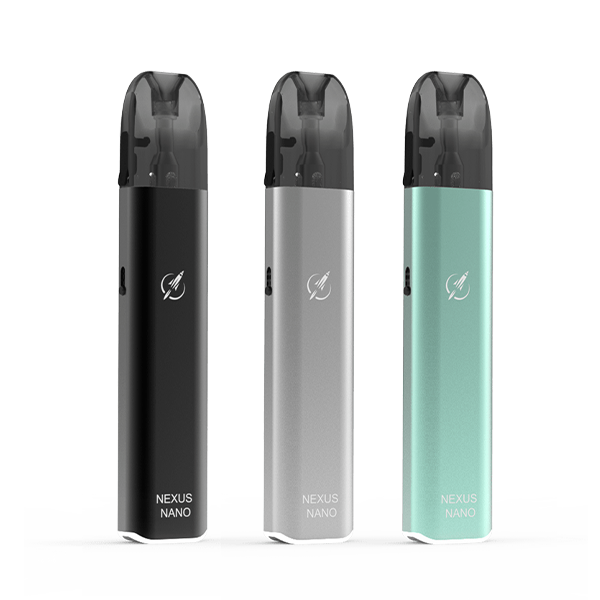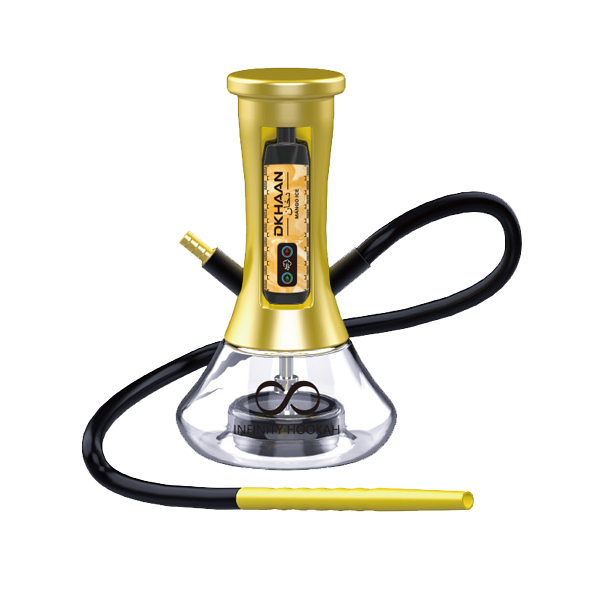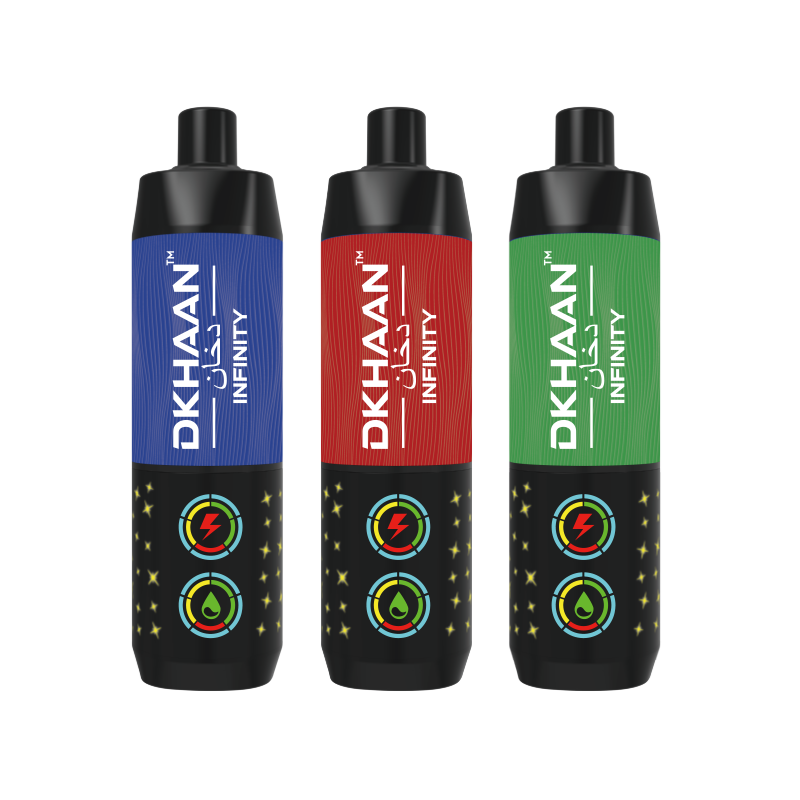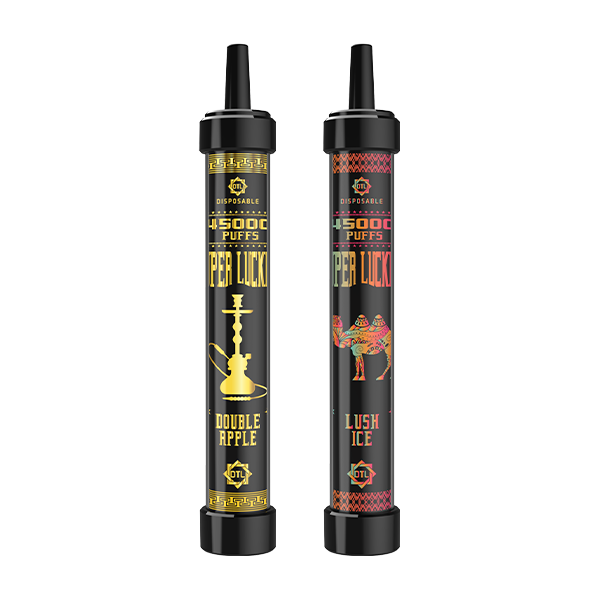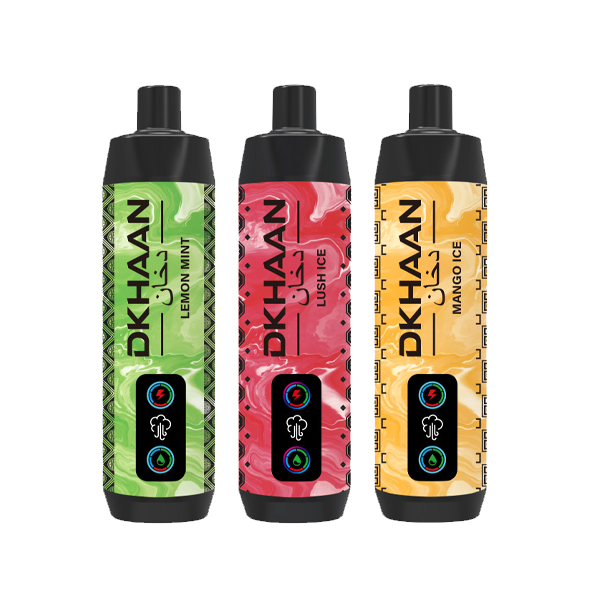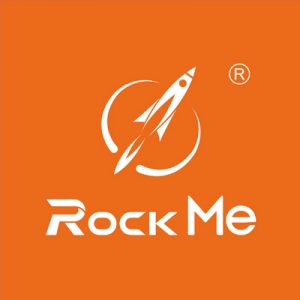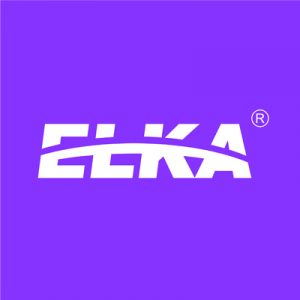What Are Hookah Tobacco Products?
Hookah tobacco, sometimes called shisha, waterpipe tobacco, maassel, narghile, or argileh, is a type of flavored tobacco that is smoked through a hookah device. This tobacco blend often includes sweeteners, flavorings, and moist tobacco leaves, creating a smoke that is inhaled after passing through water in the hookah’s base.
How Hookah Devices Work
A hookah—or waterpipe—uses charcoal or an electric heating source to warm the tobacco mixture. As it heats, smoke is drawn through the device and filtered through a water chamber before being inhaled through a hose. While the water may cool the smoke, it does not eliminate harmful chemicals.
Read more:
Luckee Infinity Hookah — The Future of Portable Hookah Vaping
Health and Safety Concerns
Despite common misconceptions, hookah is not a safe alternative to cigarettes. According to the U.S. Food and Drug Administration (FDA) and the Centers for Disease Control and Prevention (CDC), no tobacco product is risk-free—including hookah.
Chemical Exposure and Environmental Risks
Several factors—such as the type of heat source, the composition of the tobacco, the length of time spent smoking, and the hose design—can influence the level of harmful chemicals inhaled. A major concern is carbon monoxide (CO) exposure. Users of hookah tobacco often inhale more carbon monoxide than cigarette smokers, which can lead to dizziness, headaches, and reduced oxygen levels in the blood (hypoxia).
Research has shown that longer smoking sessions—common with hookah use—may result in greater absorption of toxic substances, including heavy metals, carcinogens, and volatile compounds. Additionally, patrons in hookah lounges are often exposed to indoor air pollutants at levels that pose serious health risks.
Addiction Risks
Hookah smoke contains nicotine, the same highly addictive substance found in other tobacco products. Nicotine can alter brain function, causing dependence and reinforcing frequent use.
Health Impacts
The health effects of hookah use closely resemble those linked to smoking cigarettes. These include:
Cancers: Oral, lung, and esophageal
Respiratory disease: Including chronic bronchitis and COPD
Cardiovascular effects: Rapid heart rate, elevated blood pressure, and increased risk of heart problems
Short-term symptoms: Breathing issues, lowered lung function, and carbon monoxide poisoning
Additionally, shared hookah hoses can harbor bacteria and viruses, potentially spreading infectious diseases among users.
Educational Support and Resources
To help raise awareness, the FDA Center for Tobacco Products (CTP) offers the Tobacco Education Resource Library—a collection of digital and printed educational tools designed for use by health departments, schools, and community organizations. These resources can help educate the public about the dangers of all tobacco products, including hookah.
Bottom Line: Hookah smoking is not a safe substitute for cigarette use. It poses significant health risks and contributes to nicotine addiction, exposure to toxic substances, and increased disease transmission. Staying informed and spreading awareness is key to reducing tobacco-related harm in all its forms.
How to Report Adverse Effects and Tobacco Product Violations
If you’ve had a negative health experience or noticed a quality issue related to a tobacco product—including hookah tobacco—you are encouraged to report it to the U.S. Food and Drug Administration (FDA). These reports play a critical role in helping the FDA detect patterns, identify emerging risks, and investigate issues beyond the expected health impacts of tobacco use. You can view existing reports on the Tobacco Product Problem Reports page.
If you suspect that hookah tobacco—or any tobacco product—is being sold to individuals under the legal age, or you’ve observed another violation of FDA tobacco regulations or the Federal Food, Drug, and Cosmetic (FD&C) Act, you should file a potential violation report with the FDA.
Are You Involved in Making Hookah Tobacco?
If you manufacture, modify, mix, assemble, label, repack, relabel, or import any form of tobacco product, you are classified as a tobacco product manufacturer under FDA regulations. Even if your company imports finished tobacco goods, it is still considered a manufacturer or distributor—or both.
To learn more about how to meet FDA compliance obligations, visit the Center for Tobacco Products (CTP) Manufacturing webpage, which offers detailed regulatory guidance.
For smaller businesses, the CTP Office of Small Business Assistance is available to help answer questions about specific legal responsibilities and provide educational tools to support compliance efforts.
Read more:
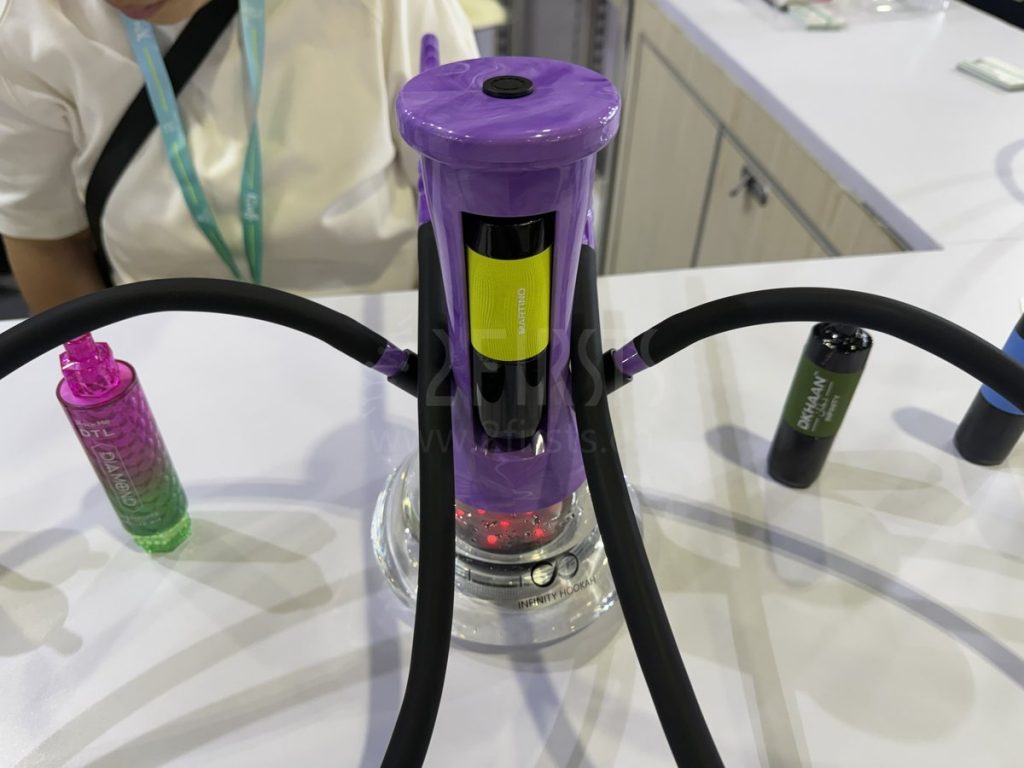
FDA Oversight of Hookah Tobacco Products
As of 2016, the FDA expanded its regulatory authority to include all tobacco products, including hookah tobacco. This means the FDA now oversees:
Manufacturing and importing
Packaging and labeling
Marketing and promotion
Sales and distribution
Hookah tobacco and its components and parts are covered under this rule. However, general-use accessories like tongs, external burners, and lighters are not regulated under this authority.
What Parts and Components Are Regulated?
FDA considers a “component” or “part” to be any element—physical or software-based—that is designed to be used with, or that may influence the behavior, composition, or use of a tobacco product.
Regulated components of hookah-related products may include:
Hookah devices themselves
Flavored additives or enhancers
Cooling attachments for hoses
Substances added to the water base (especially if flavored)
Charcoal made from wood, coconut shell, or other materials, as well as electric heating elements
Device parts such as bowls, hoses, valves, and heads
To better understand how FDA defines these elements, you can review the official guidance: “Deeming Tobacco Products To Be Subject to the Federal Food, Drug, and Cosmetic Act.”
References:Hookah Tobacco (Shisha or Waterpipe Tobacco)

